Redefining the relation between humans and primates
These structures for animals are part of an innovative concept for a zoo that focuses on the impact on nature and the animals with which we share this planet; advocating ecological wellbeing and biodiversity.
Learn more about the masterplan here
Humans and Primates
This project is about conceiving a habitat for animals fitted to their natural behavior.
Apenheul was founded in 1971 with the belief that man needs to be more mindful of their impact on nature and the animals with which we share this planet. The park was established through humble beginnings, with two species of primates, and has now grown to house many more species, as well as an aviary.

Free ranging ring tailed lemur meets two juvenile Homo Sapiens
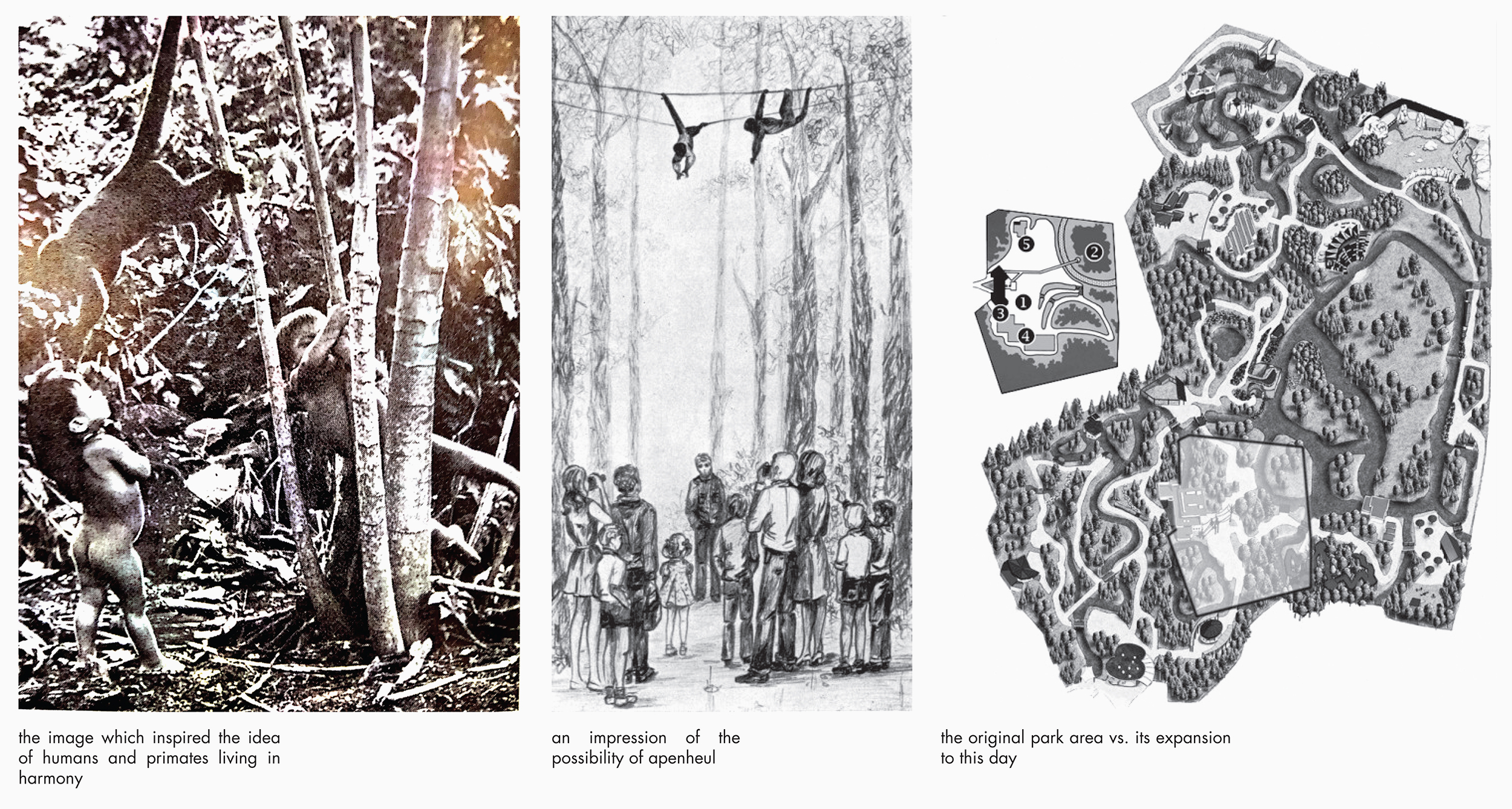
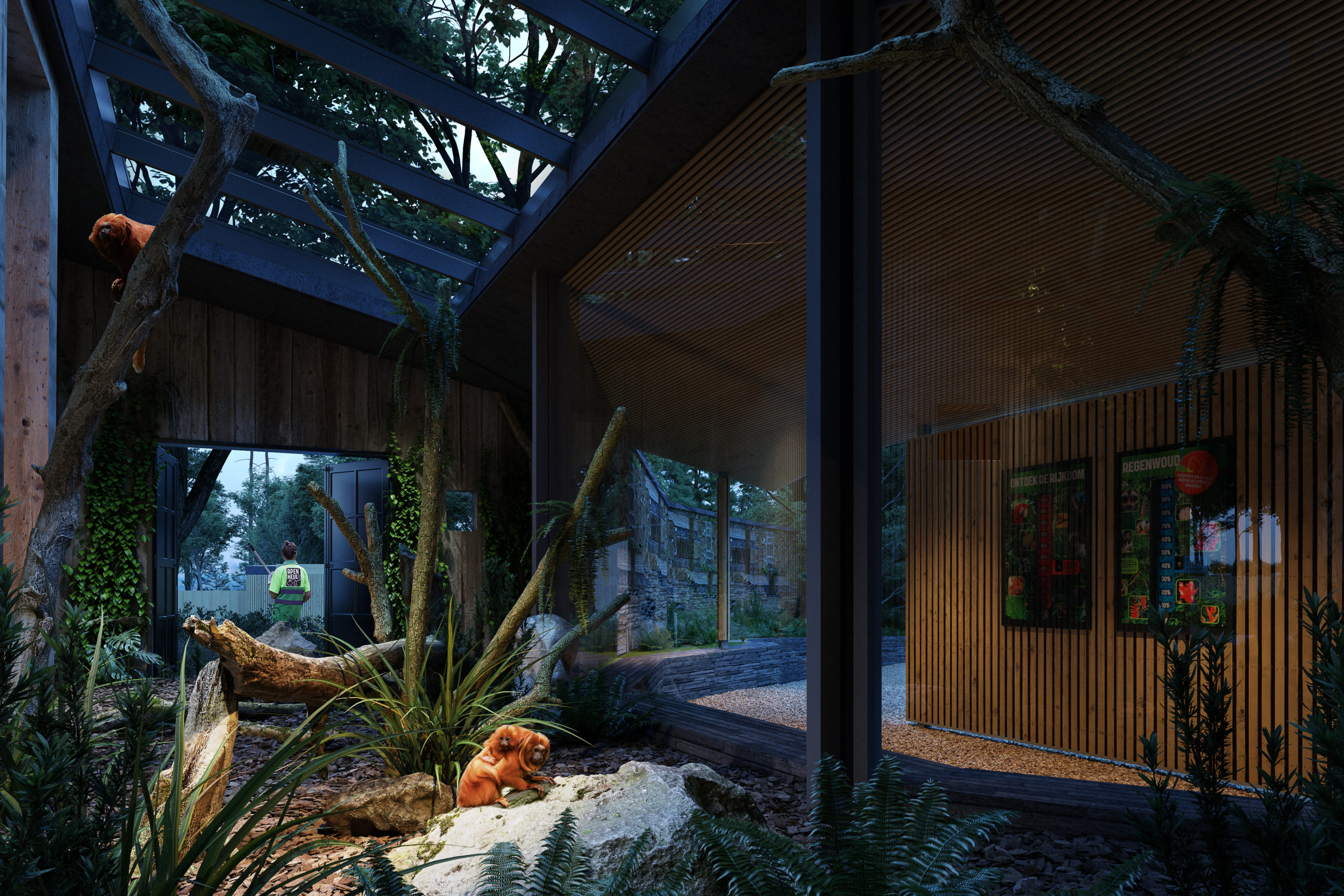
Why do they need buildings?
In general, people don’t visit a zoo for its architecture. But even in Apenheul’s vision of free animals without cages we still need some structures for animals to shelter at night or whenever they need to get isolated for health reasons.
To fit with the Apenheul ambition, we took the unique natural environment as a backdrop to the new structures, making them disappear, or dissolve into the landscape and fit with the visitor experience. And buildings are designed according to strict security parameters while maintaining soft invisible borders, and providing a comfortable environment for the animals.
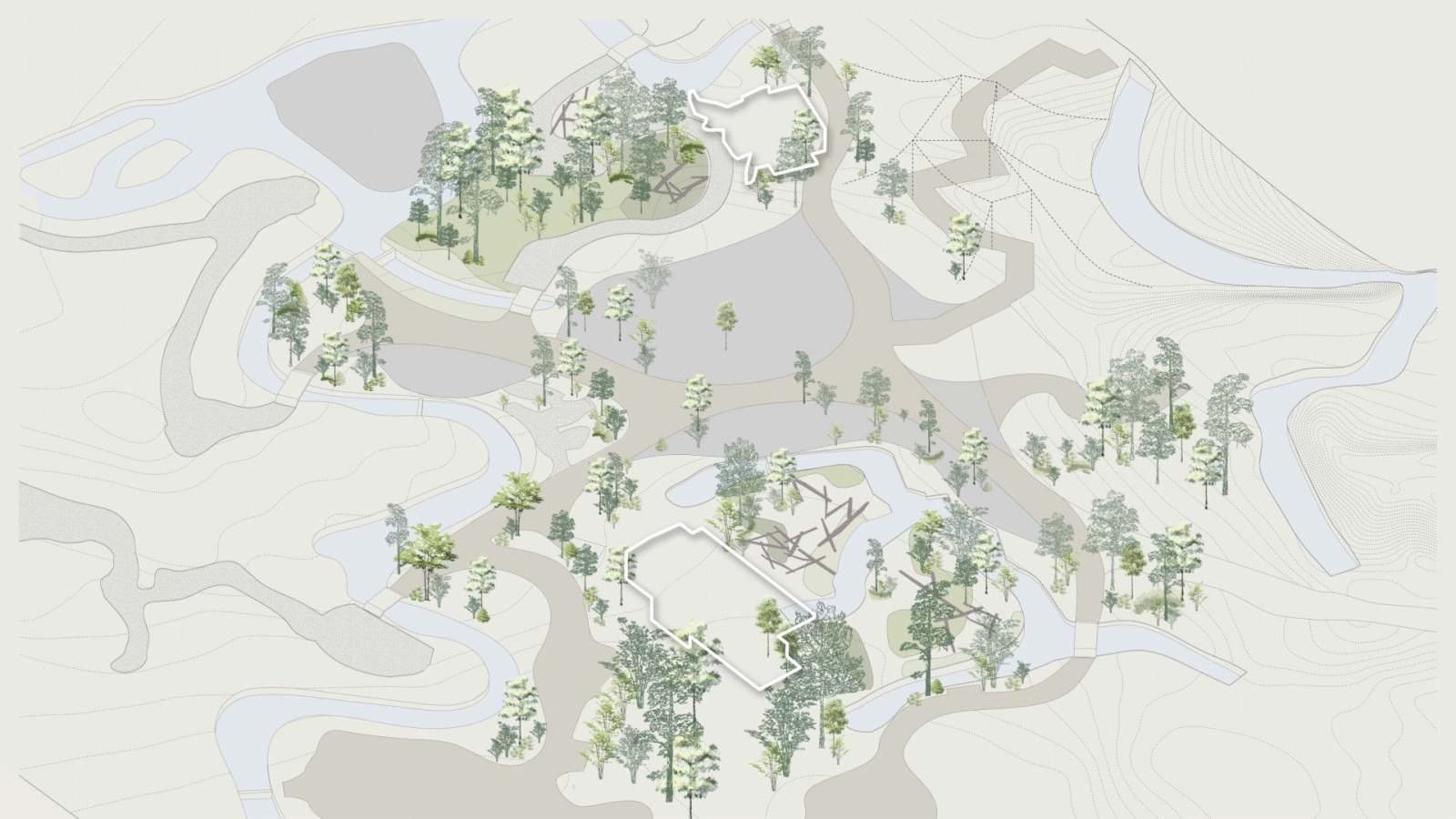
Location of structures (GIF)
1 Tamarin Monkey Area
Located within the Food forest, at the north-west section of the first phase masterplan, the structure here is the smallest of the new buildings, fitting the small size of the animals in this area. The following species are currently housed here: Golden Lion Monkey; Coppery Titi; Pied Tamarin; White-faced Saki.
It serves as a night-resting and monitoring facility for the zookeepers, but also has a winter viewing gallery with large skylights that’s accessible to the general public in colder weather, since some of the species in this area are not always comfortable with the cold and wet winters typical in the Netherlands.
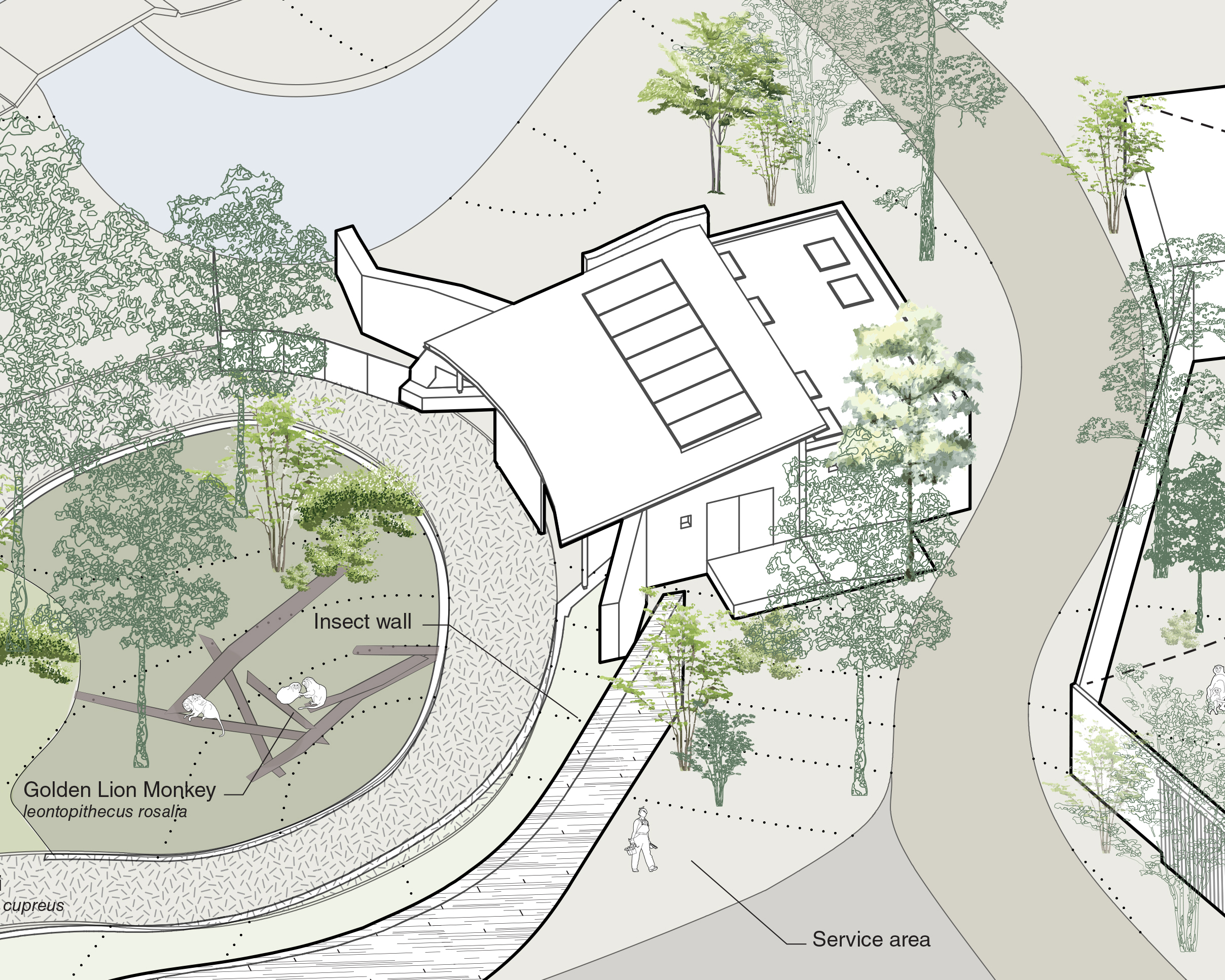
Axonometric View
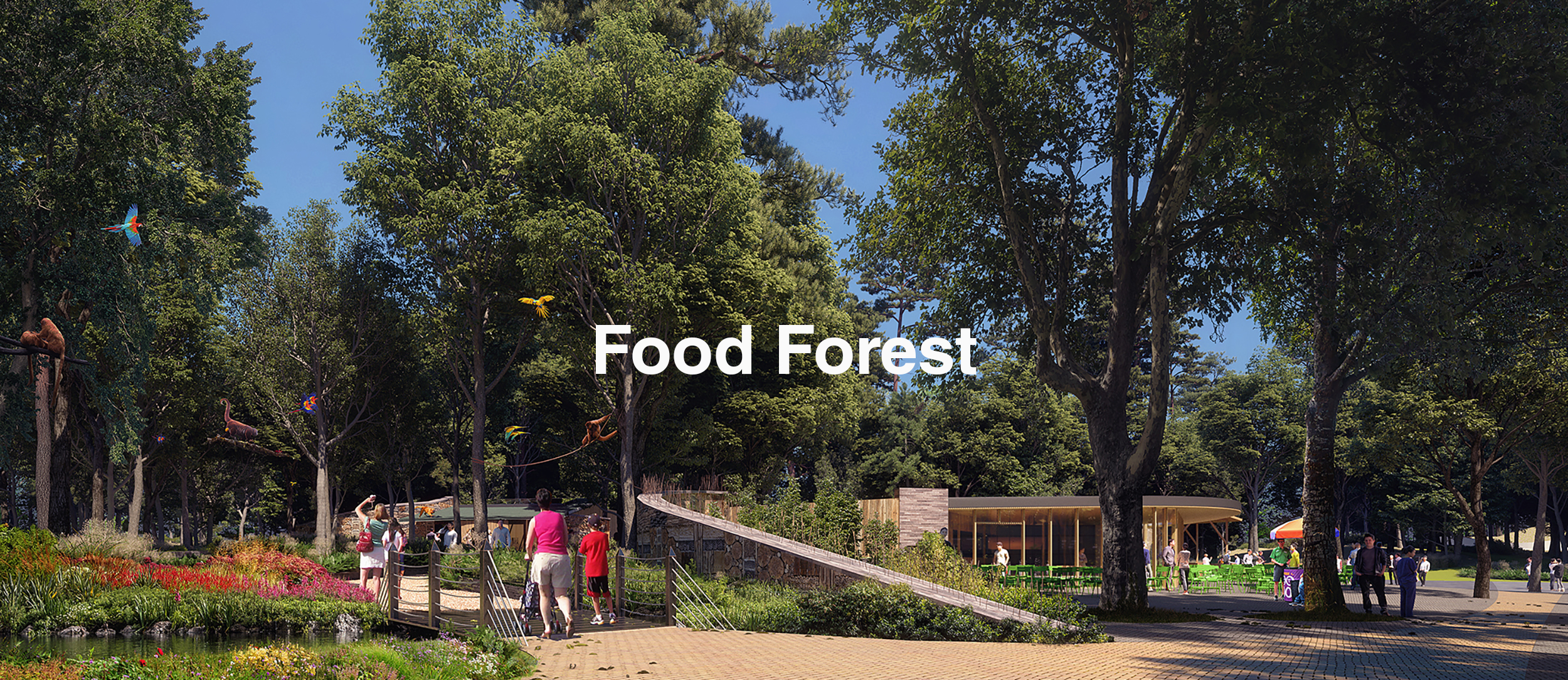
Tamarin Monkey Food Forest

Tamarin Monkey Behaviour
Tamarin monkeys largely live in family groups of a father, mother and their offspring, and they are normally born as twins. A typically family group is composed of just three to nine members. The tamarin building’s flexible interior layout can house up to four different species through an innovative night enclosure system. During the day they can share a common space in the food forest or inside winter viewing gallery, depending on the weather.
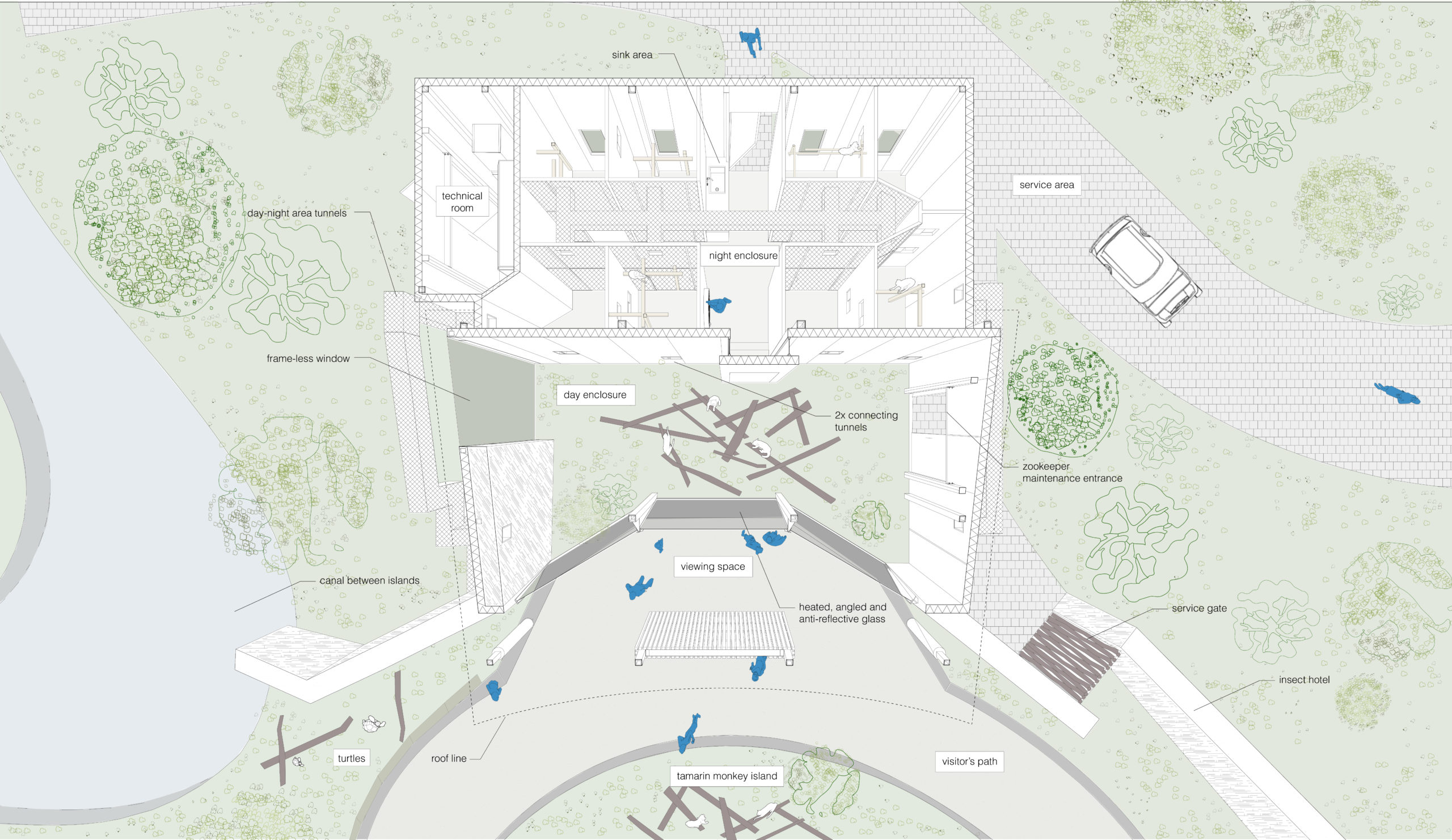
Perspective Plan
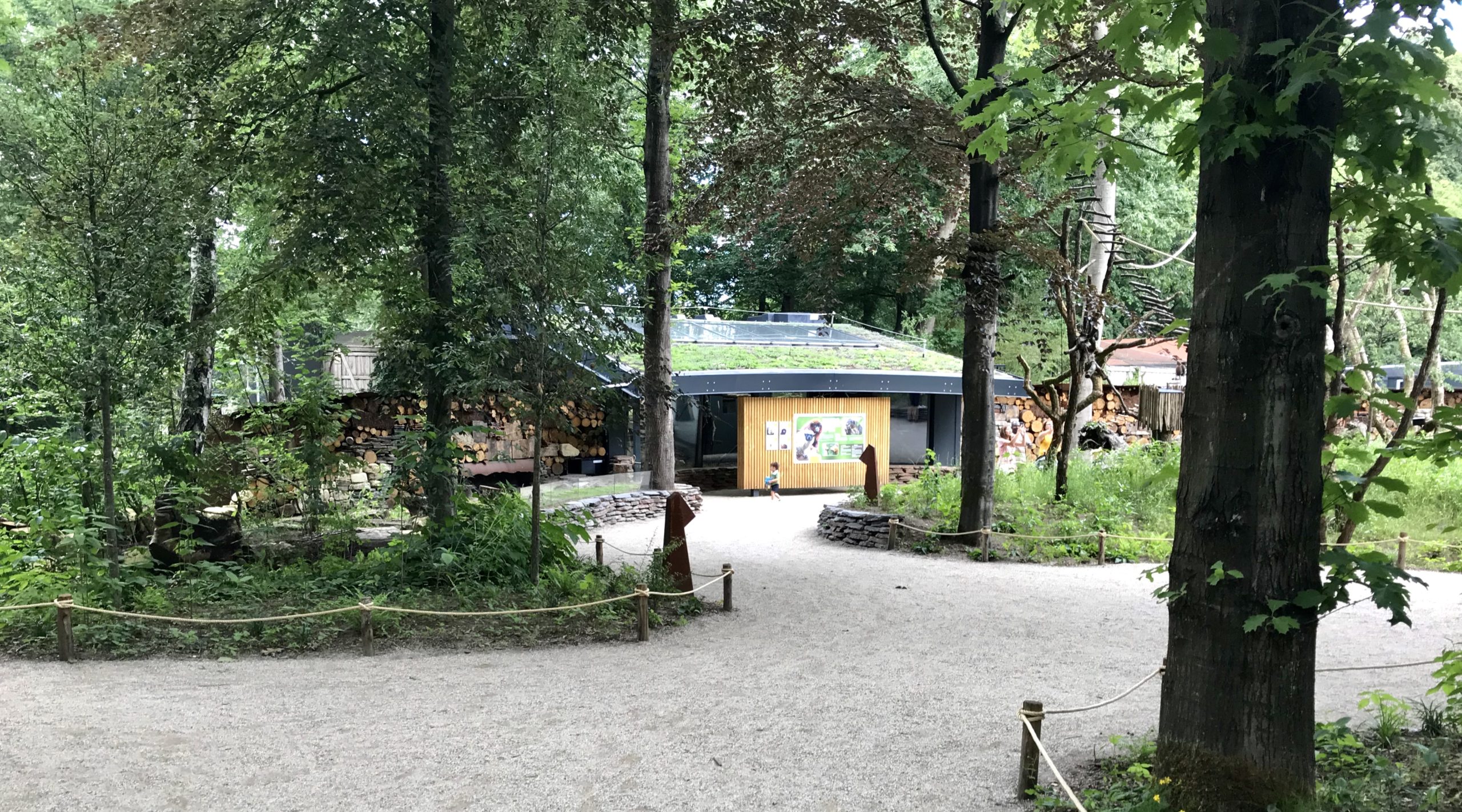
Food Forest with Tamarin Monkey Building – Summer 2020
Visitors and Animals
As the visitor experience in this primate park is all about the interaction between animals and visitors, we have designed various opportunities for interaction.
These are based on an understanding of the behavior or the various monkeys during particular times of the days and in various seasons, combined with and the understanding of different types of visitors (families, couples, business events).

Section Diagram
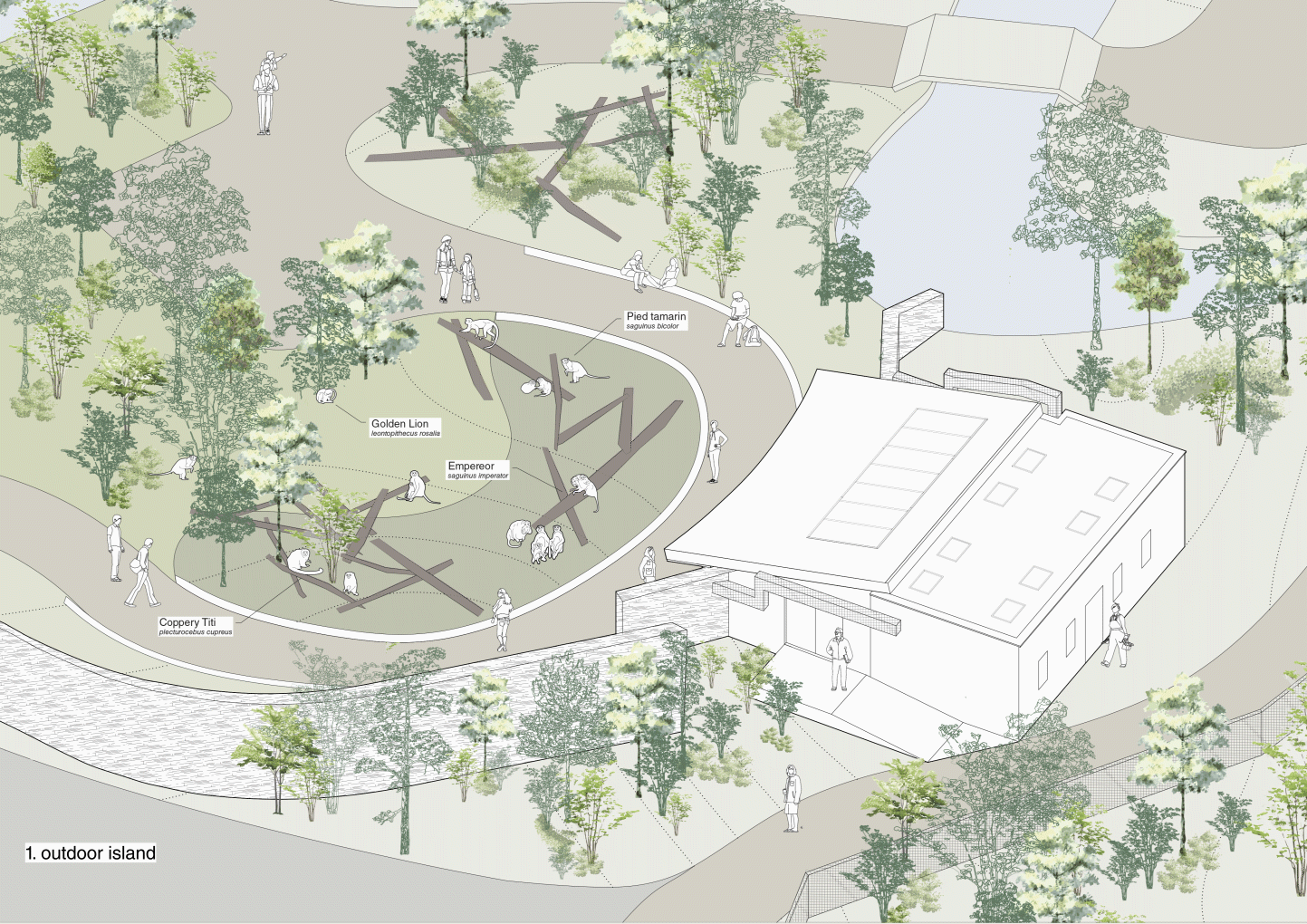
GIF Space Sequence

Food Forest lookout point toward Woolly Monkey Island

Coppery Titi’s in Food Forest – Insect Wall in the back

Circular Building
A circular building concept is applied, which represents a goal of 0% waste and no further depletion of resources. Everything which goes into the building should be able to be dismantled and reused in the next lifecycle of a building, through the use of modular building systems and circular materials.
Construction is approached from a sustainable framework that aims to keep products, components and materials at their highest utility and value at all times, through a better understanding of the design and sharing of resources.
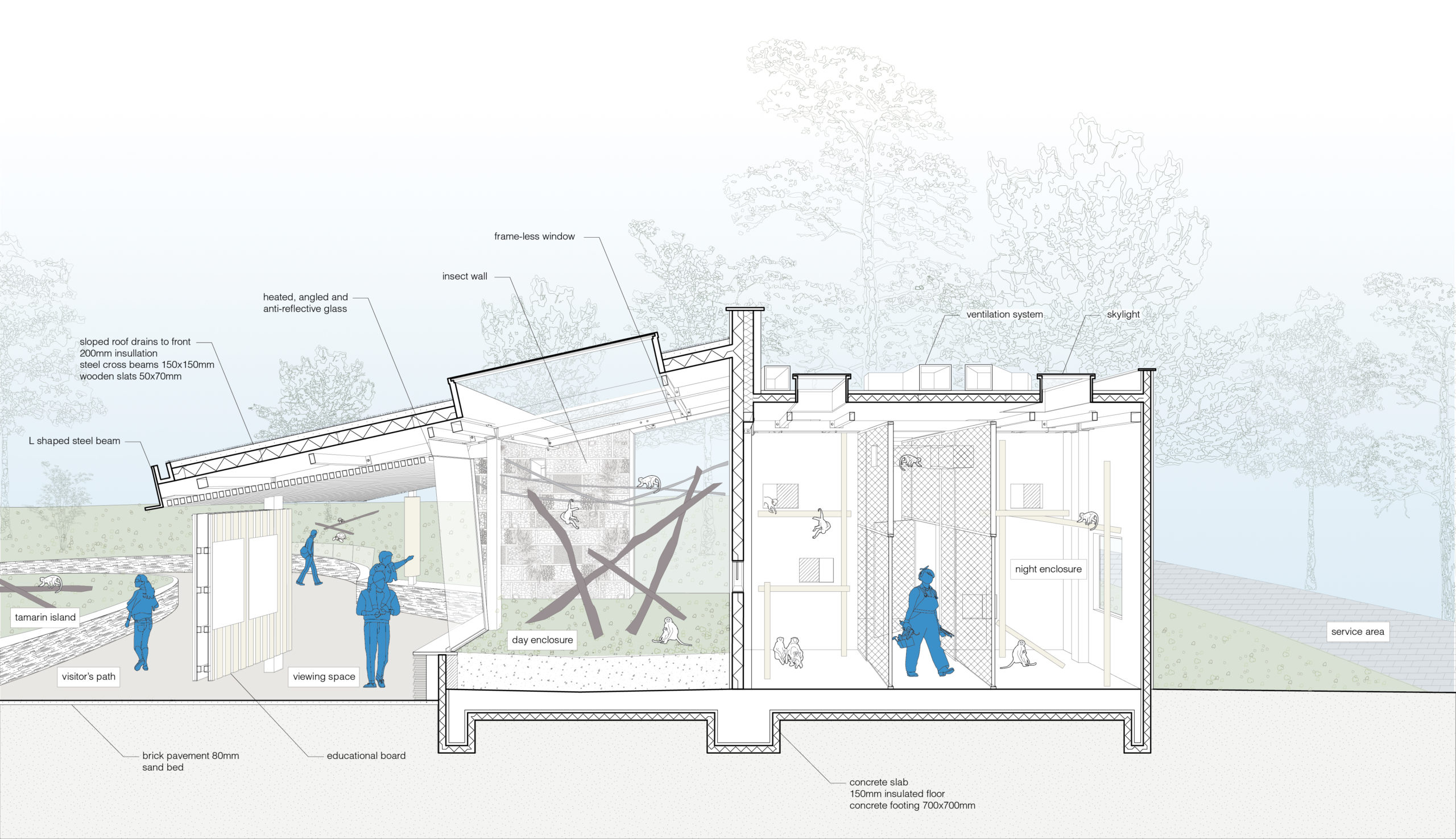
Perspective Section
2 Woolly Monkey Area
Not accessible for, and hidden from visitors, this structure is night enclosure and observation area for up two groups of larger size ‘all weather’ type of primates. These species live in larger social groups, and are not affected by the changing and volatile Dutch (winter) weather.
The structure is situated at the south-east section of the phase 1 masterplan, is directly linked to two monkey-only islands, and also includes a series of behind-the-screens exterior cages for sick individuals or in case of introductions.
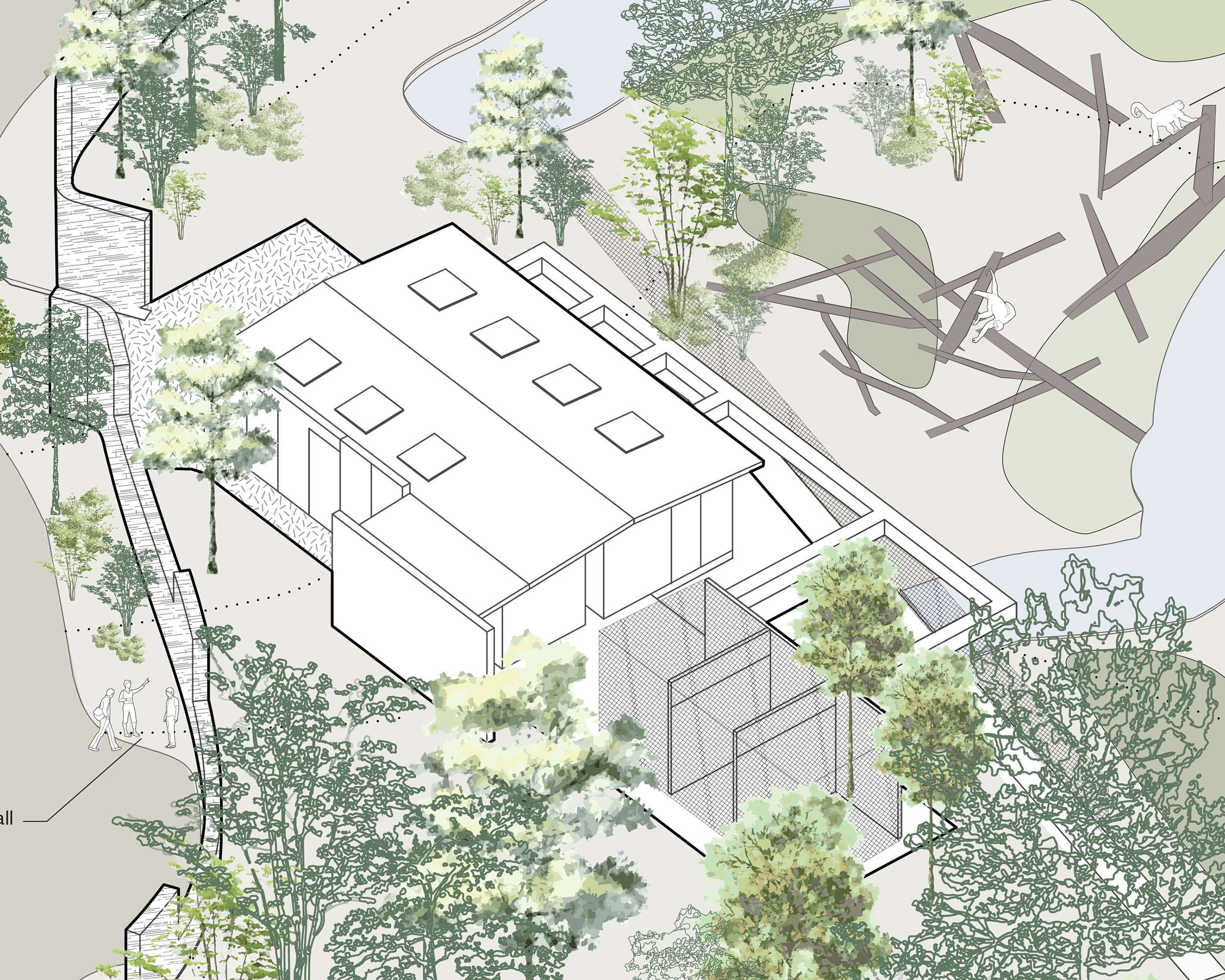 Axonometric View
Axonometric View
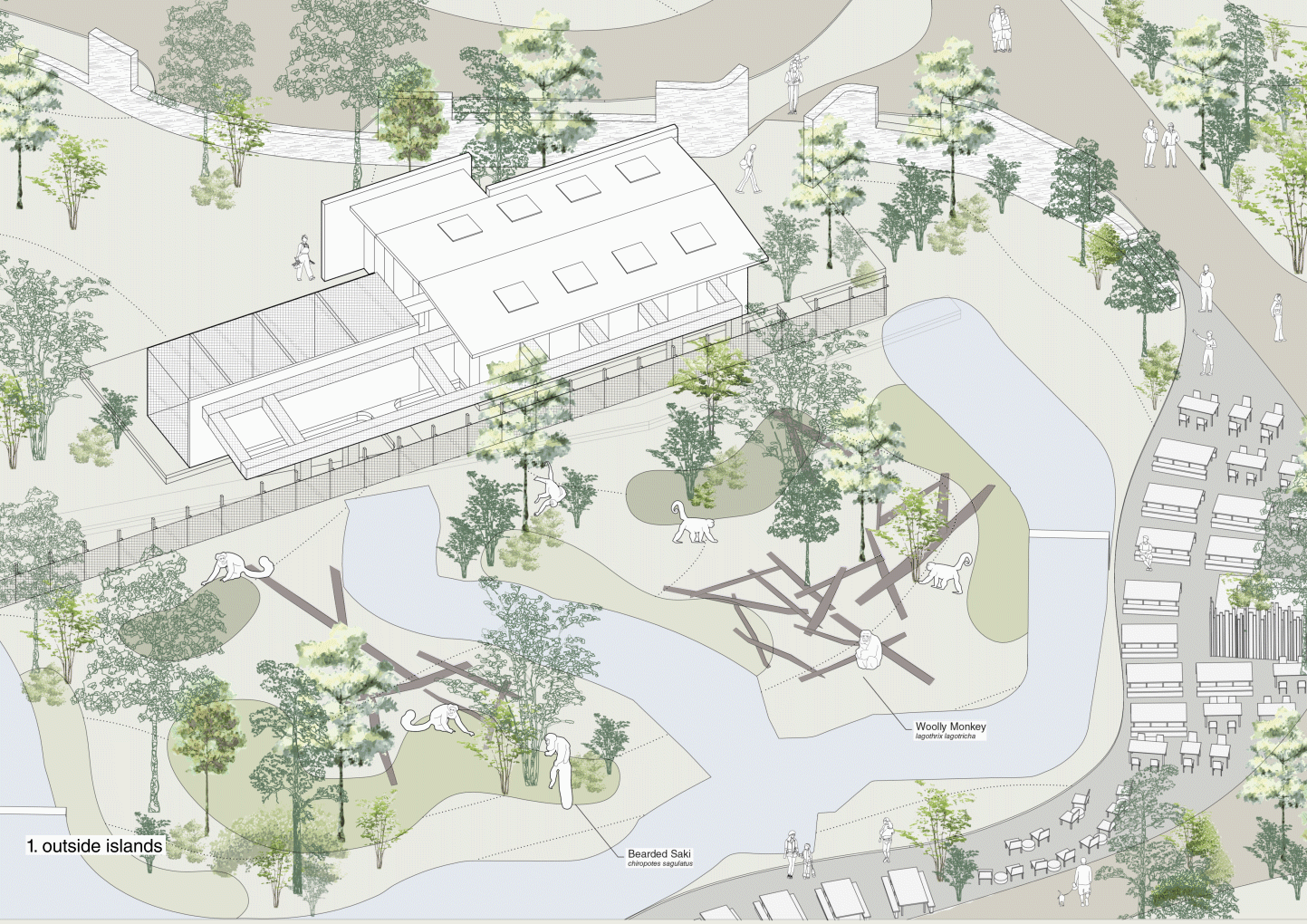
GIF Space Sequence
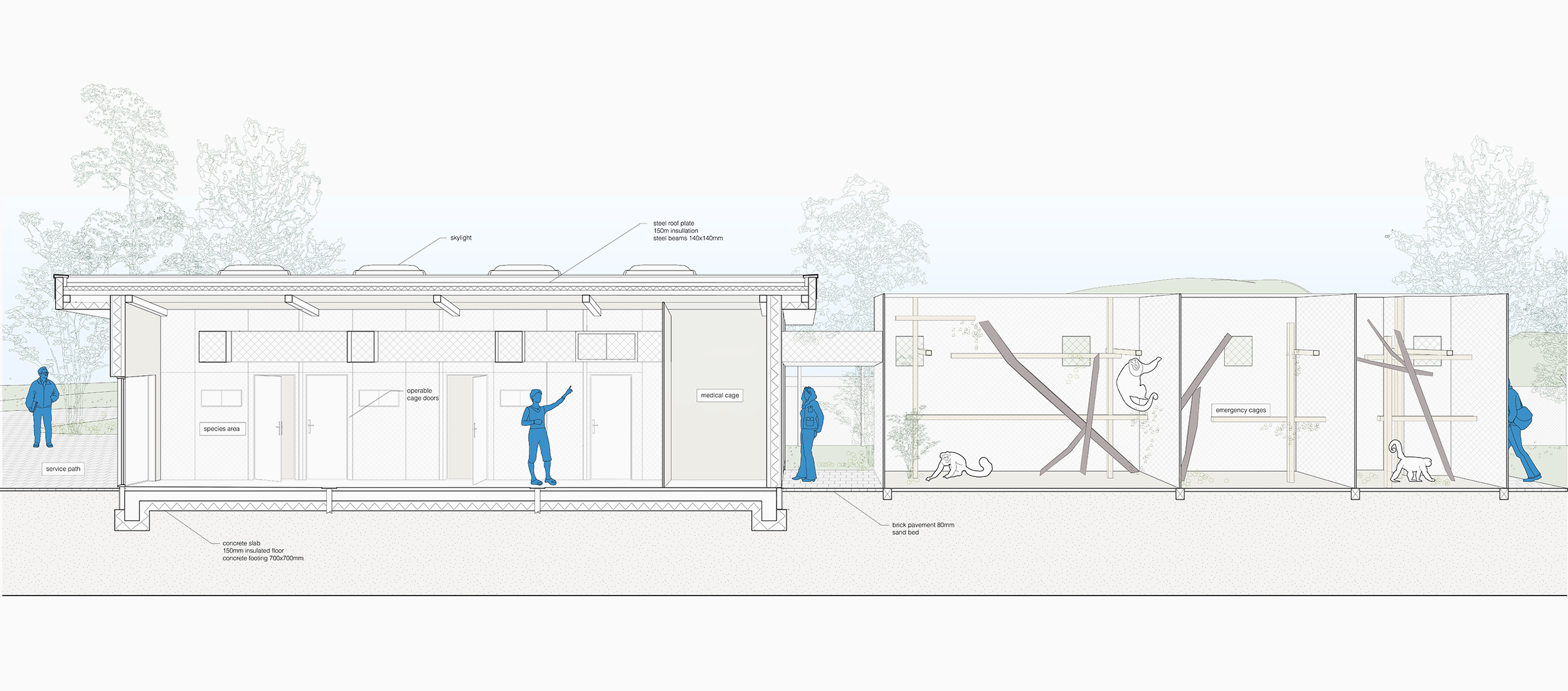
Perspective Section
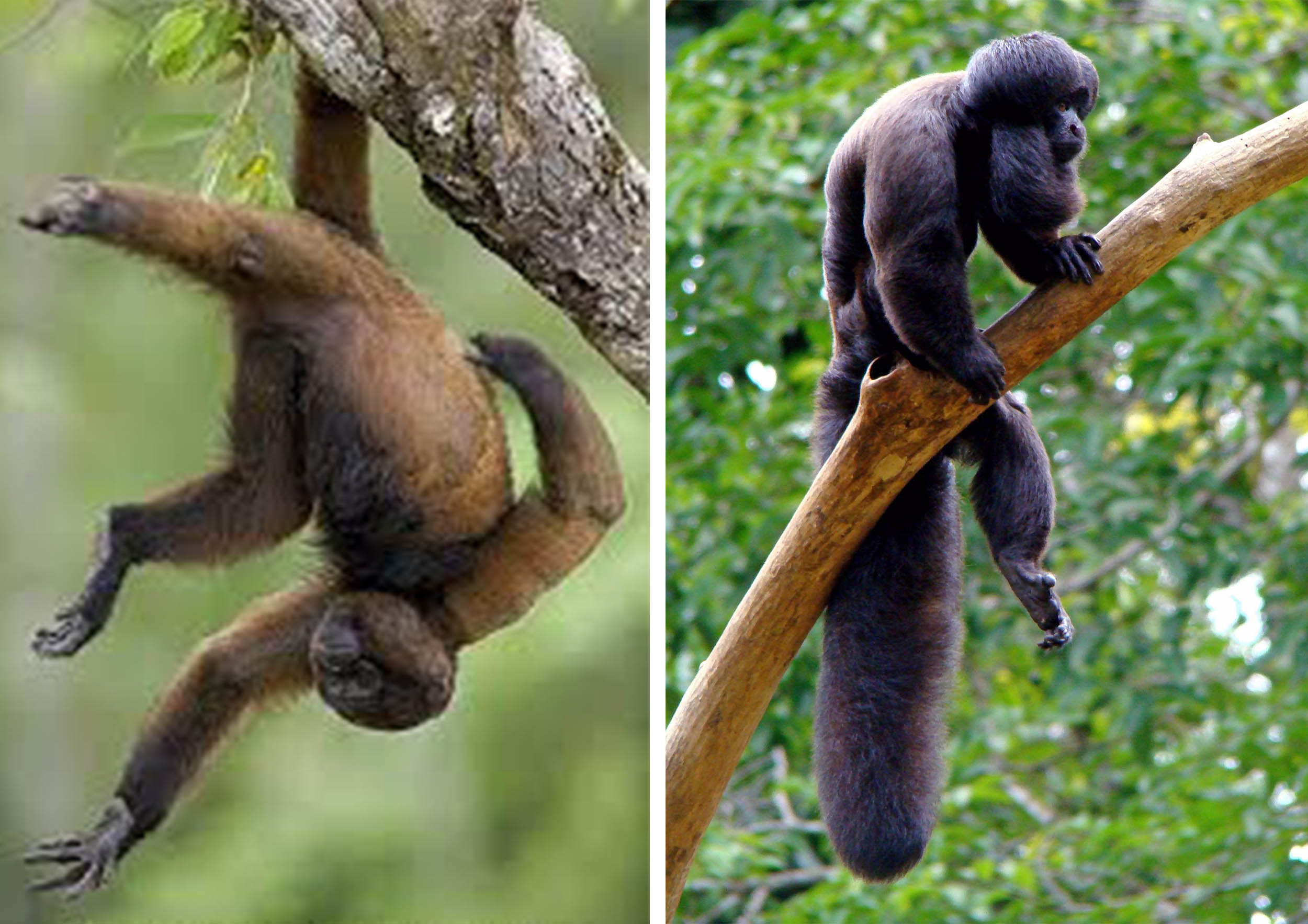
Woolly Monkeys and Bearded Saki’s
The building was originally designed for one group of Woolly Monkeys a group of Bearded Saki’s; however late in the design process these species were switch to other areas in the plan, and the facility currently houses a group of White Shoulder Capuchin Monkeys and a family of Howler Monkeys. The building did not need to be adjusted, since it was designed to be flexible.
Both species are arboreal; meaning they live in trees and use their forelimbs in flexion to raise themselves and cling to branches. They both live in social groups leaded by an alpha male. They also have an elaborate system of vocal, visual and tactile communication.
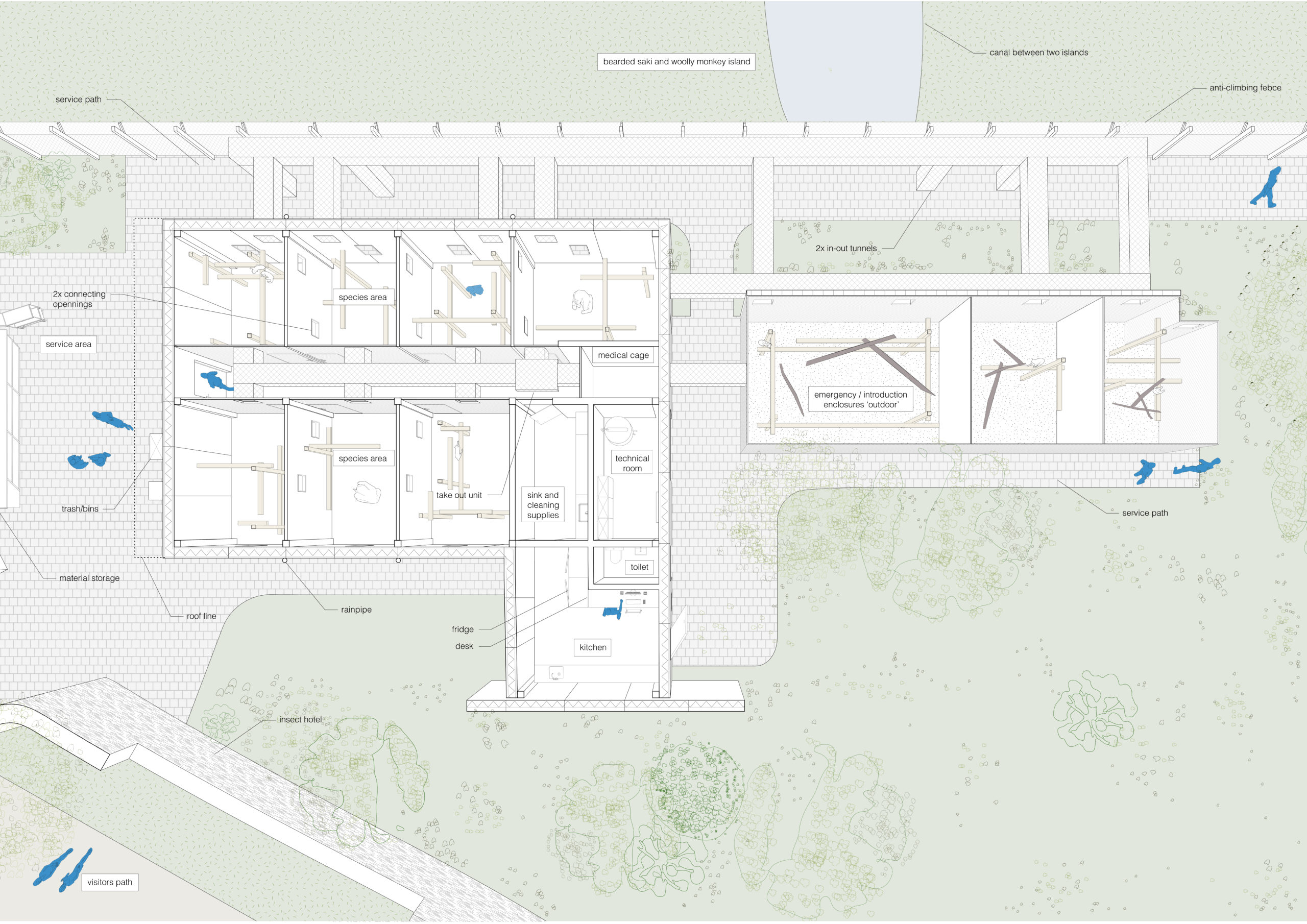
Perspective Plan
Construction
Construction of Tamarin Area and Building
The construction of these two structures is based on a similar structure: modular and circular.
Several existing, mature trees had to be taken into consideration during the design and construction process, including their elaborate root structures. Close coordination with the landscape and architecture contractor was required throughout the process. In addition, the keeping of sensitive animals required the design of an effective, but low-energy use HVAC system.
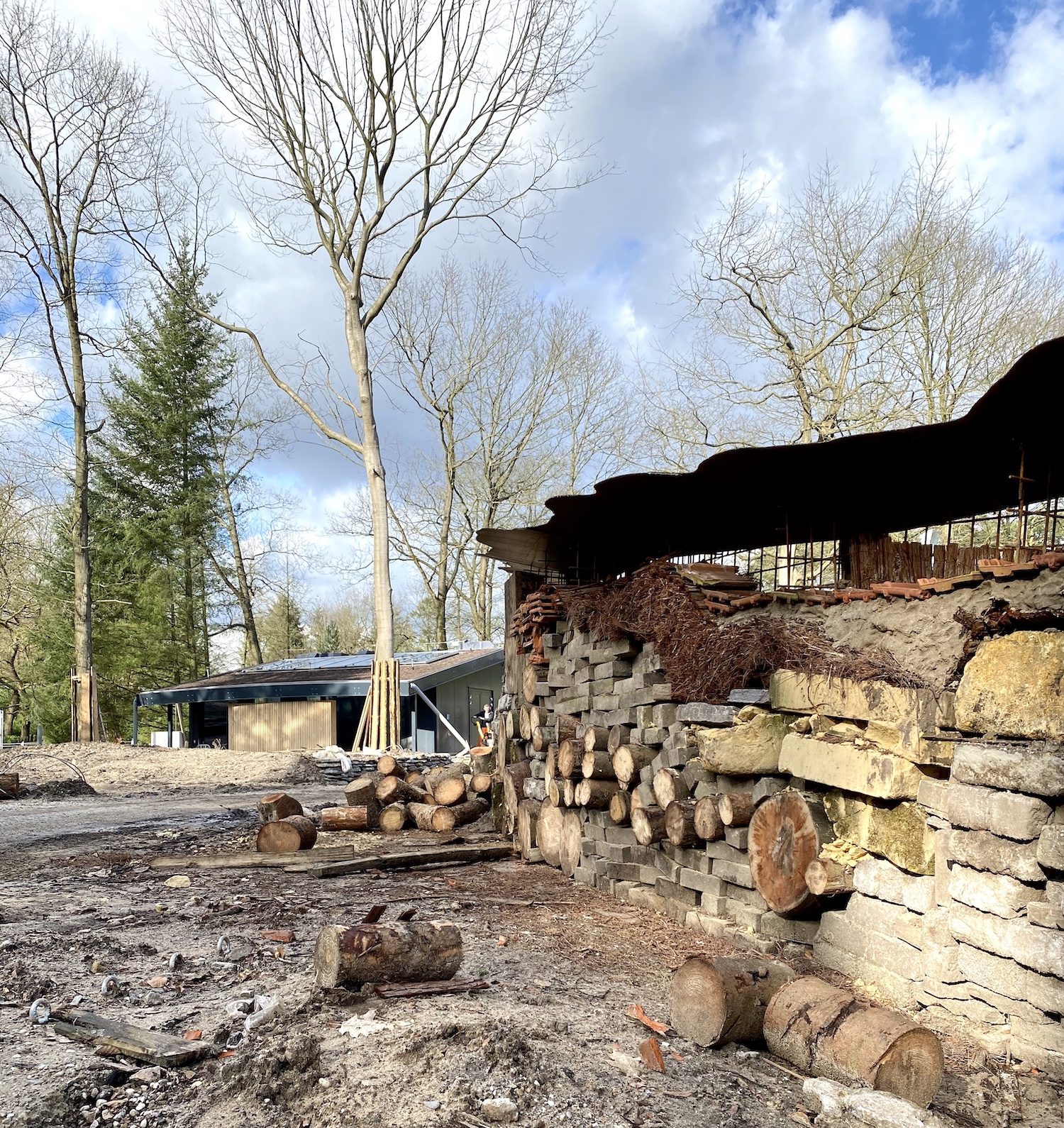
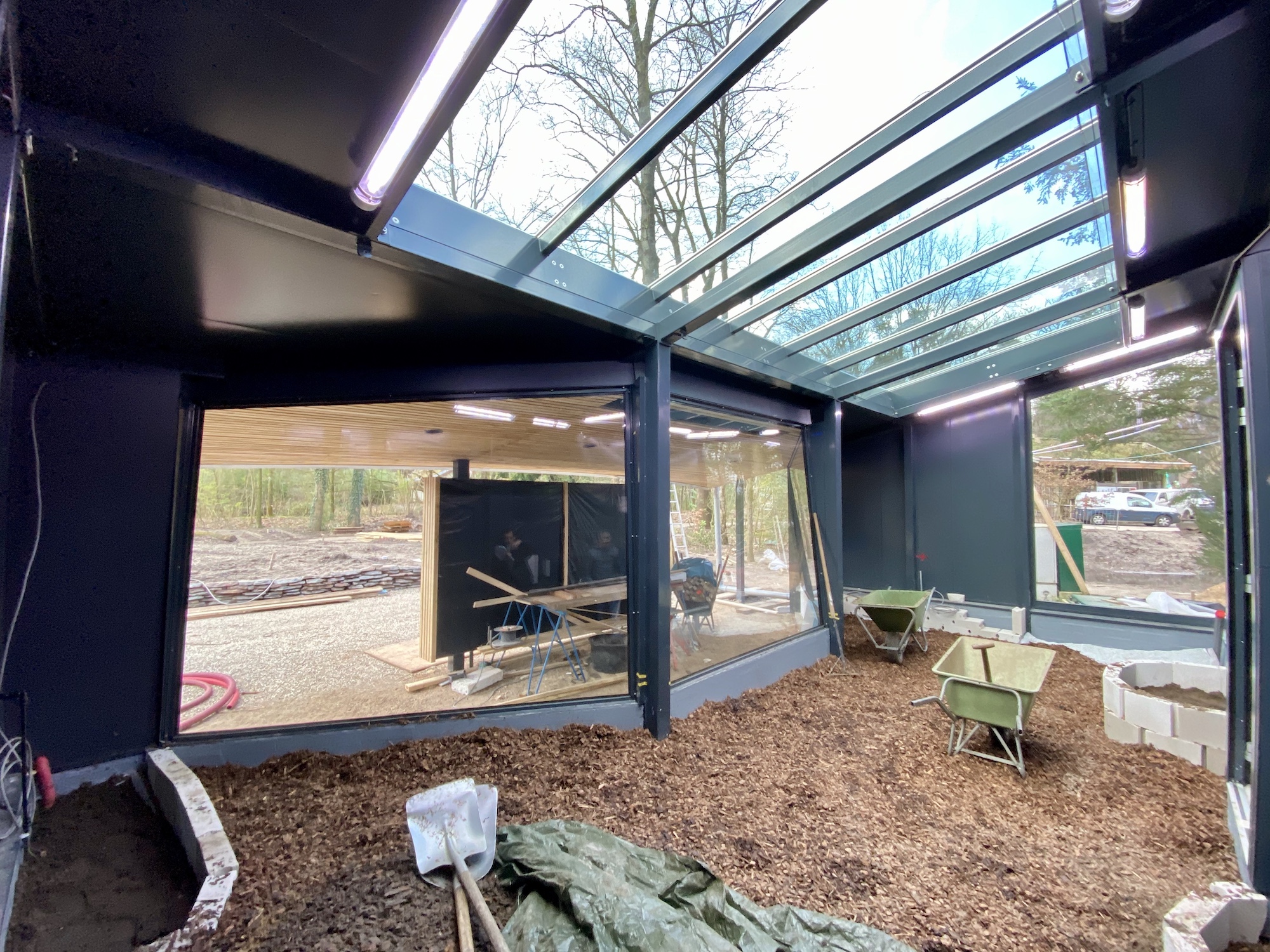
View from inside the winter viewing gallery.


Visitor view onto landscape from underneath canopy.
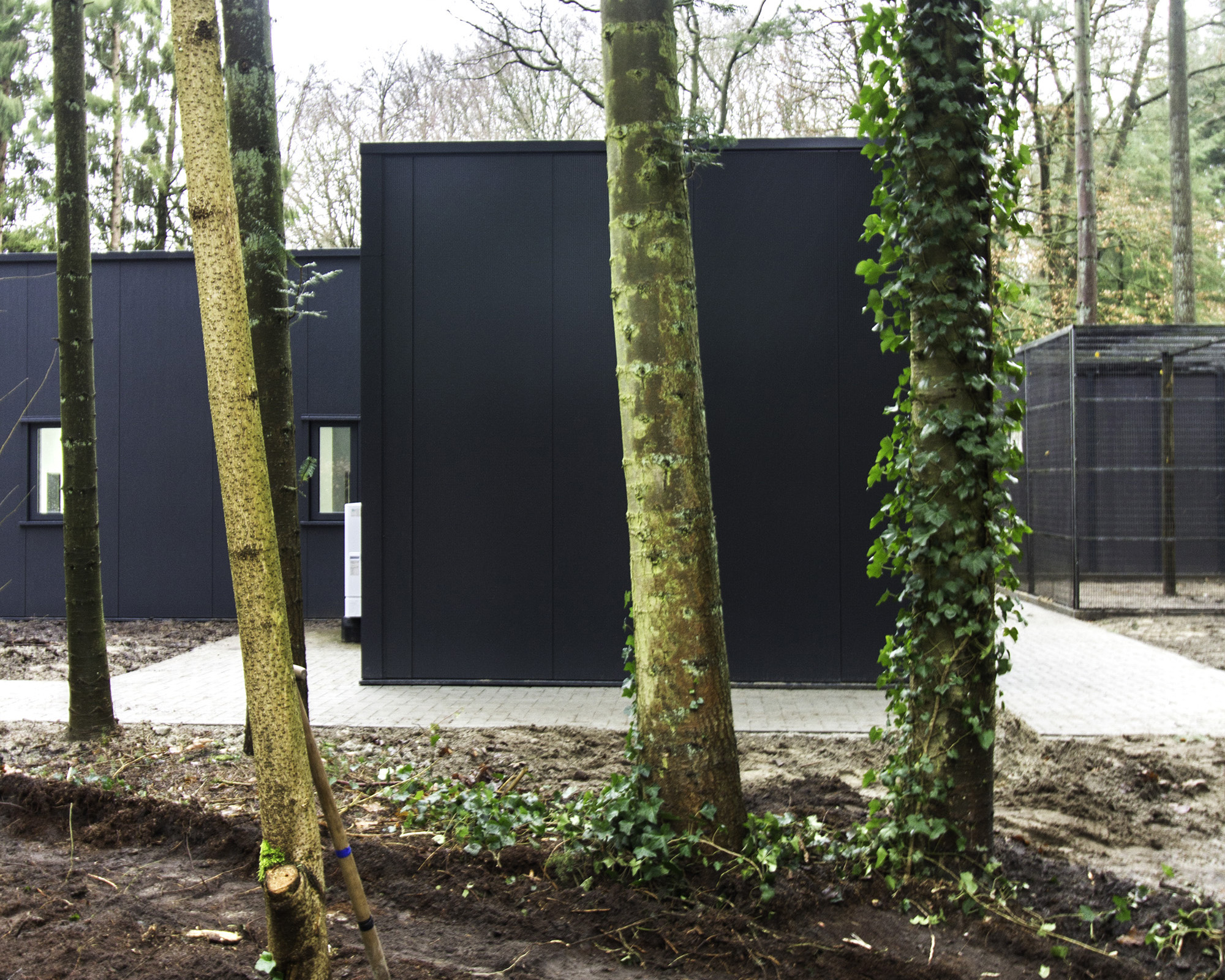
Woolly Monkey Building
This structure is a very basic building, that is fully based on optimizing the care and wellbeing of the animals.
It is designed as a model structure for future, similar typologies in the rest of the master plan. It combines abundant natural light with a flexible interior system of connected inner enclosures in varying dimensions. It also includes an office area, and a medical separation area.

Woolly Monkey building hidden behind insect wall
Outdoor Islands
The landscape design has not only an aesthetic purpose but, first of all serves the arboreal nature of its inhabitants. It is designed around several mature existing trees, but through careful pruning and positioning, together with the water ways in between the design also serves as a means of limiting monkey’s movement from one area to another.
Lastly there are various micro-habitats planned on these islands, including a swampy area, tall grasses, fruit trees and a medicinal herbal garden area.
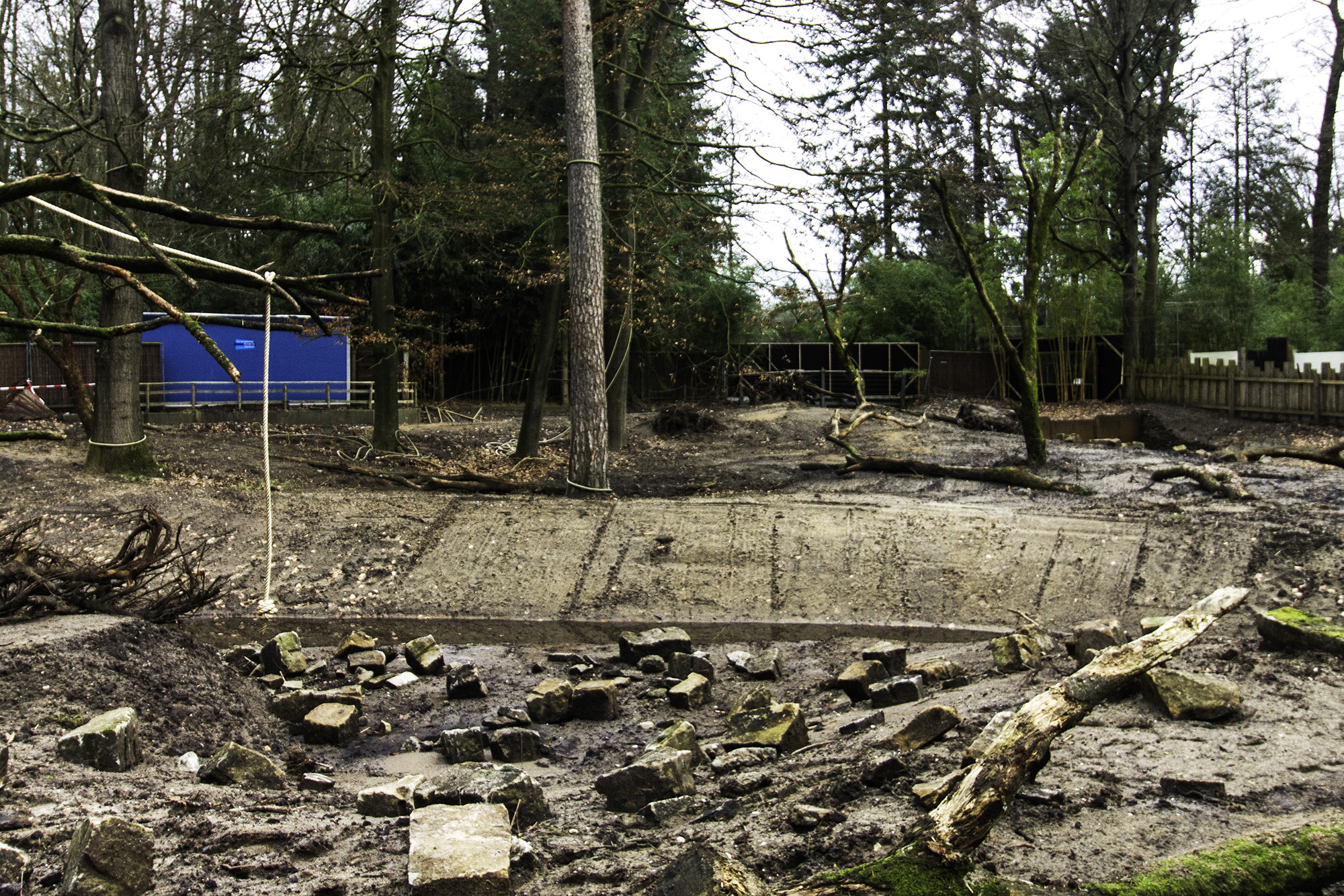
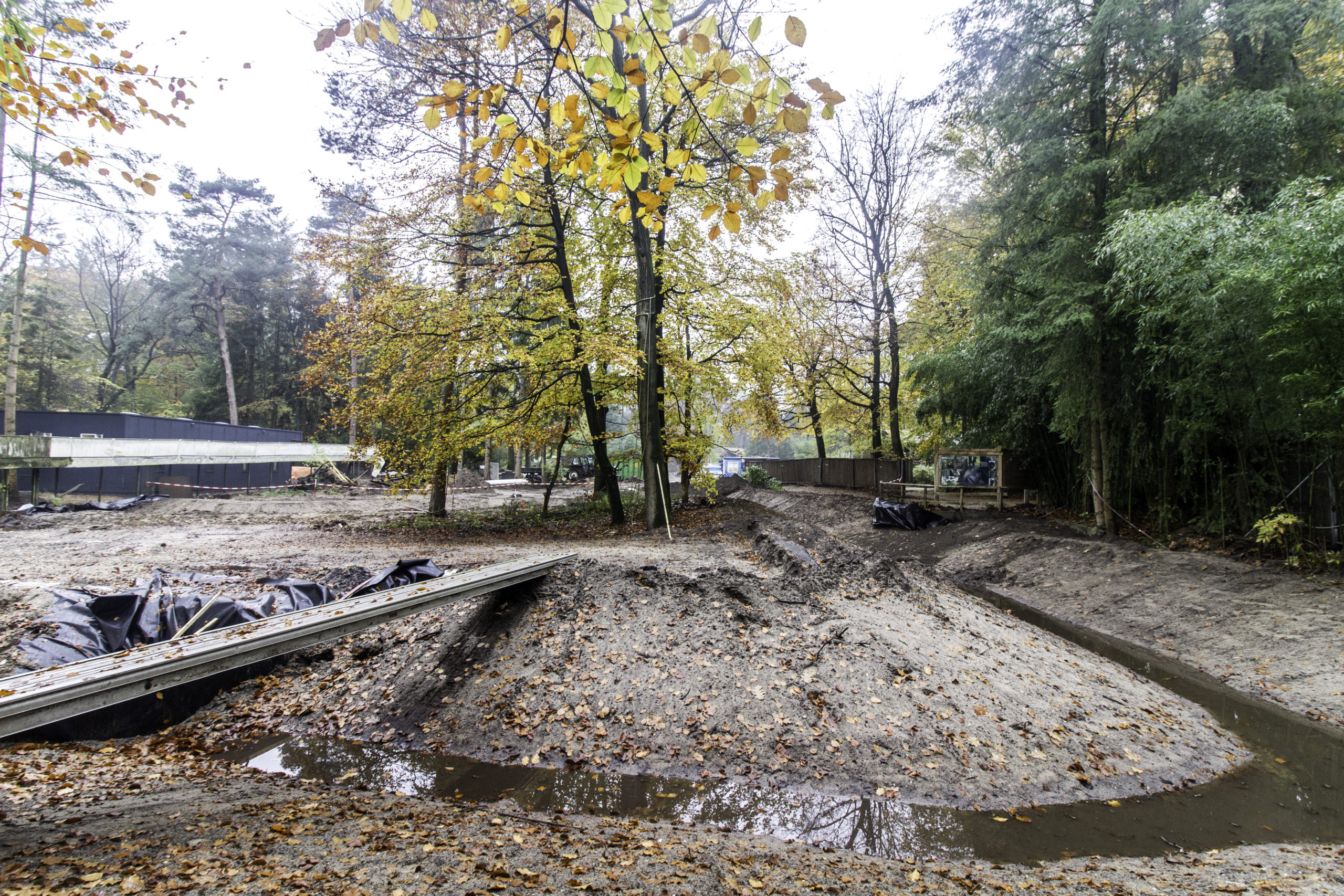

Waterside of Tamarin Food Forest area
Team: Martijn de Geus and Han Zhang with Hans Smolenaers, Victor Tee, Kenji Heda and Elena Gamez
Project Year: 2018-2020
Technical Design Landscape: ViForis BV
Technical Design Architecture: Bilfinger Tebodin Netherlands BV
Contractor Landscape: Van Mourik Grondverzet BV
Contractor Architecture: Draisma BV
Location: Apeldoorn, The Netherlands
